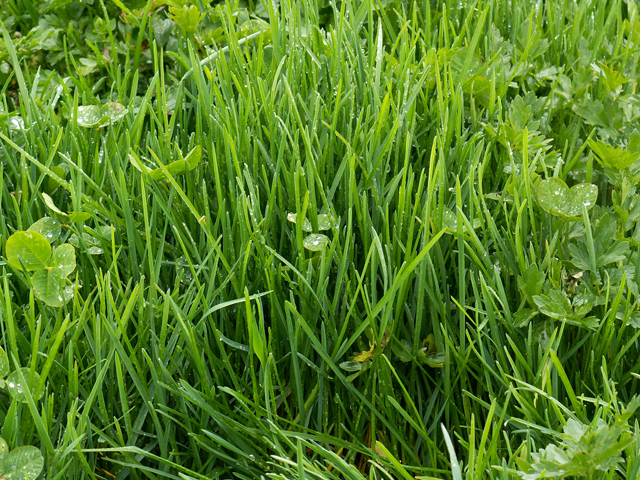The use of high amounts of concentrated feed in ruminant feeding
has become increasingly established, although it
has both animal health and environmental consequences as well as increasingly economic consequences.
In the interests of sustainable agriculture, it is absolutely necessary
to feed
ruminants with structurally rich, roughage-based and low-starch rations in accordance with their physiological requirements The hypothesis that the use of hay with an increased proportion of
offers
a cost-efficient, energy-rich and, above all, healthy be thoroughly evaluated and supported in this project.
According to our hypothesis, feeding sugar-rich basic feed does not lead to a
rapid drop in rumen pH and, in contrast to
starch feeding, therefore represents a lower risk of developing
rumen acidosis.
The basic feed is high-quality hay produced in Austria by ARGE Heumilch
with an increased sugar content (approx. 200 g/kg DM) as the main feed component.
The detailed objectives of this project are:
1. Determination of the in vivo digestibility of sugar hay compared to control hay in sheep
2. Determination of the in situ degradability of sugar hay compared to control hay in rumen-fistulated sheep
Important questions to be clarified: are:
1. Can the energy requirements of ruminants be covered by energy hay feeding alone, without this feeding strategy
having consequences for the metabolic status?
2. What influence do the different sugar/starch ratios have on rumen biodegradability?
rumen pH be kept stable
by replacing starch with sugar and by providing sufficiently structured feed 3. Is the energy and protein utilization efficiency affected by the different sugar/starch ratios?







